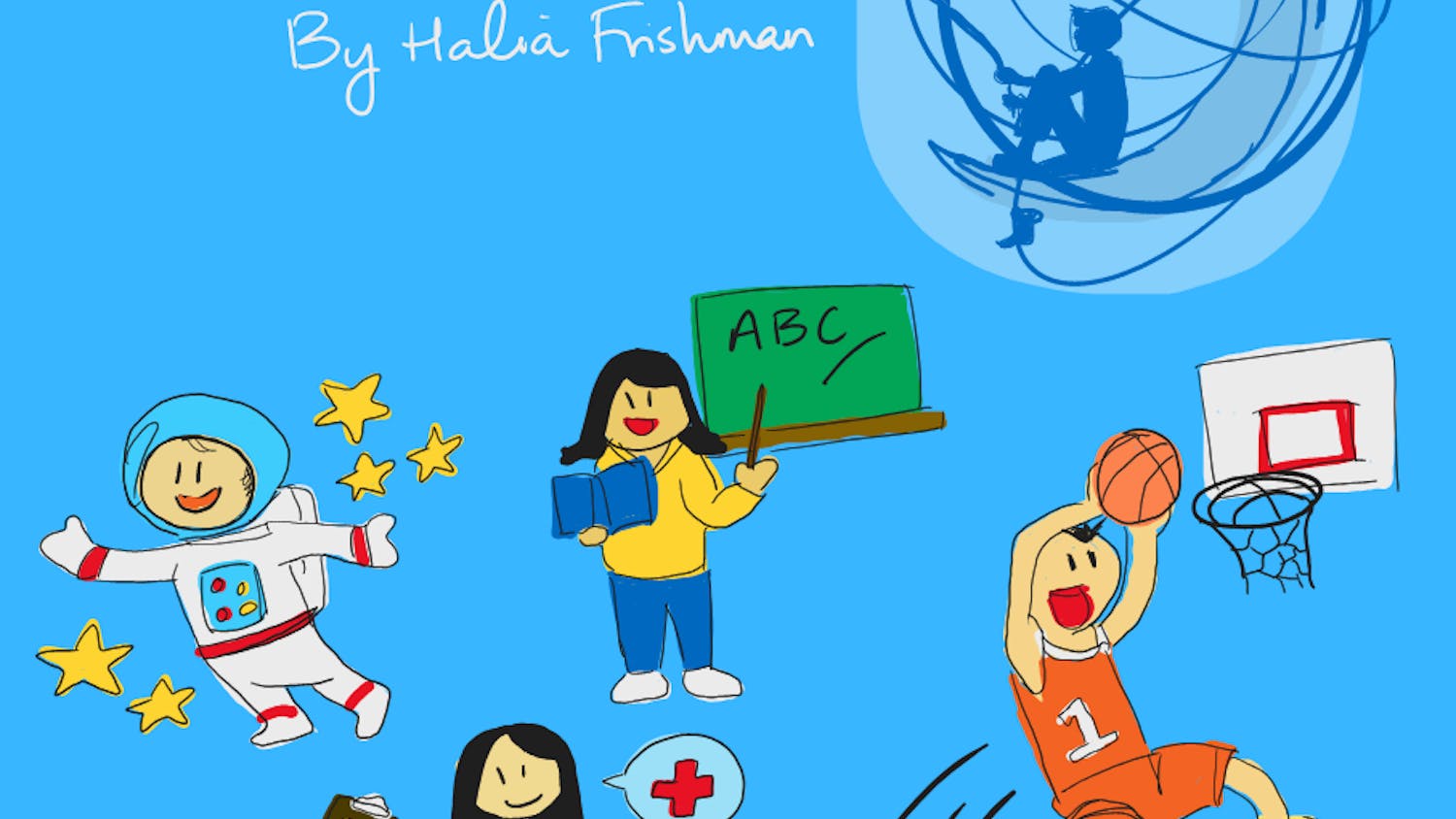COVID-19 and the transition to online learning has shaken up academic life for many students. Some classes may have had an easier transition to online learning based on their nature, while it was a bit harder for others. Language departments, which are heavily based on discussion, have had to reroute how their classes function.
Preparation for switching to online classes varied between language departments.
According to Spanish professor Nancy Levy-Konesky, Spanish Language Coordinator Marta Rosso-O’Laughlin had a scheduled WebEx workshop for the Romance Studies Department on March 25.
“Therefore, we were already trying to envision changes to syllabi, to content delivery and so forth in the ‘what if’ mode,” Levy-Konesky wrote in an email to the Daily.
Chair of Romance Studies Department Pedro Palou noted that some professors in the romance studies department were already experts in WebEx, as French and Spanish classes are offered online during the summer and professors were piloting an online Spanish course this spring.
In the Arabic department, preparation was a bit different.
“On March 9, I was informed by my department that I needed to start implementing a plan for the Arabic program in the event the university decided to transition to remote learning. As you know, by Tuesday March 10, the university confirmed this,” Arabic professor Rana Abdul-Aziz wrote in an email to the Daily.
Since the announcement on March 10 to transition to online learning, the language departments have worked tirelessly to train professors to use online platforms.
“We actually had ‘practice’ classes with students before returning to classes and ‘mock’ classes between four professors to check how robust ... both platforms [were],” Palou wrote in an email to the Daily.
Rania Belhadj Yahia, a French TA, commented on the support from professors during this adjustment.
“Colleagues at the department took me under their wings and made sure that I could work on Canvas and Zoom,” Yahia wrote in an email to the Daily. “One of them was beyond lovely to take on the little free time she has got to give me tutoring of Zoom and to give me a bunch of good pieces of advice.”
Not only did professors need to receive training for online classes, but they also had to adjust their syllabi and make their material online-friendly.
“I, therefore, spent most of my Spring break ... readapting the syllabus and creating some new material, among which [included] really detailed [PowerPoint] and pdf documents for the students,” Yahia wrote.
So far, online classes have presented both problems and successes for professors.
Levy-Konesky had issues with WebEx, and is now switching to Zoom.
“A few students who could hop on easily last Monday when I held practice classes could not get on once classes began, and needed to use their cell phones. In addition, at times our screens freeze, or the audio is not clear. Additionally, I could not see all of my students at once,” Levy-Konesky wrote.
Since her classes are very interactive and require active student participation, she noted these issues are “not acceptable." However, Levy-Konesky is optimistic about some of the features Zoom offers, including breakout rooms.
Abdul-Aziz noted that while breakout rooms are helpful, Zoom is still not the same as regular class.
“For example, in a normal class, when I make the rounds between groups during activities, I usually can focus on a few groups simultaneously and get to hear more of the conversation and thoughts,” Abdul-Aziz wrote. “Online, in breakout rooms, I only know what is happening in that one room.”
Language teachers are trying to make the transition between in-person and online classrooms as smooth as it can be, beyond adapting class material.
Abdul-Aziz said that the Arabic program wanted to focus on making students feel comfortable and acknowledge the mutual difficult circumstances.
“I had my intermediate-level students share their new routine and talk about how it has impacted them negatively, along with any silver linings,” Abdul-Aziz wrote. “Language is all about making connections and interpersonal communication, and I think the virtual class was able to accomplish this.”
Connections between professors and students continue, even with greater geographical distances separating them.
“I told them that I am just an email away if they ever want or need to ask a question or talk because the least we can do when there's so much chaos all around the world is be there for each other,” Yahia wrote.
According to Levy-Konesky, language classes have also helped students feel more at ease.
“My students seemed to be happy to be together, to see each other, to use their Spanish skills, and maybe to forget for an hour their concerns and worries,” Levy-Konesky wrote.
It’s not only students that miss normal campus life, but also teachers.
“I was lucky enough to have fantastic students in my recitation — some with whom I have developed a strong friendly relationship — and I miss seeing them every week,” Yahia wrote.
As to what Levy-Konesky will miss most about in person classes, she wrote, “EVERYTHING! I miss walking around the room and overhearing their discussions, I miss talking to them before and after class, I miss bringing them chocolates and other goodies. I miss everything that goes on in a classroom that can't be replicated online.”






